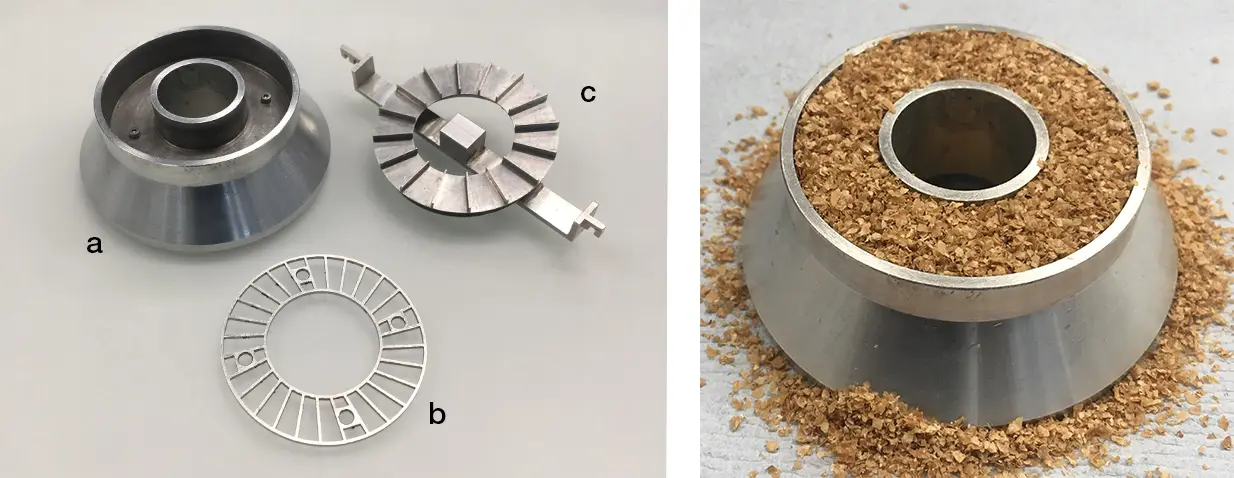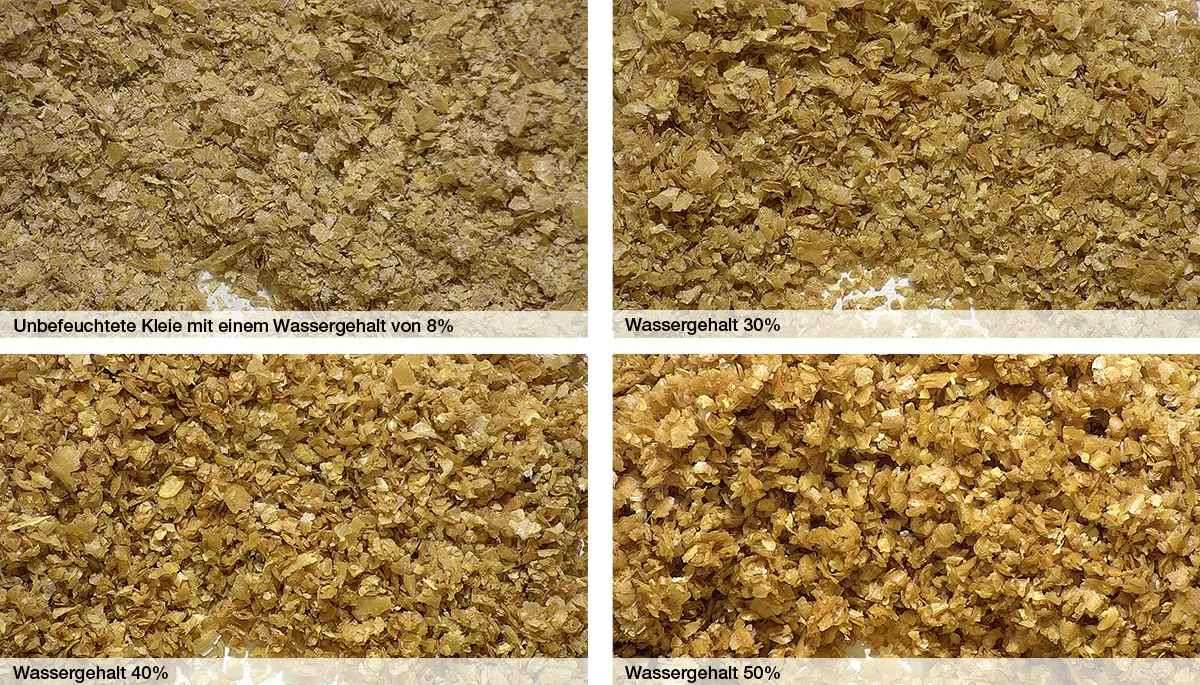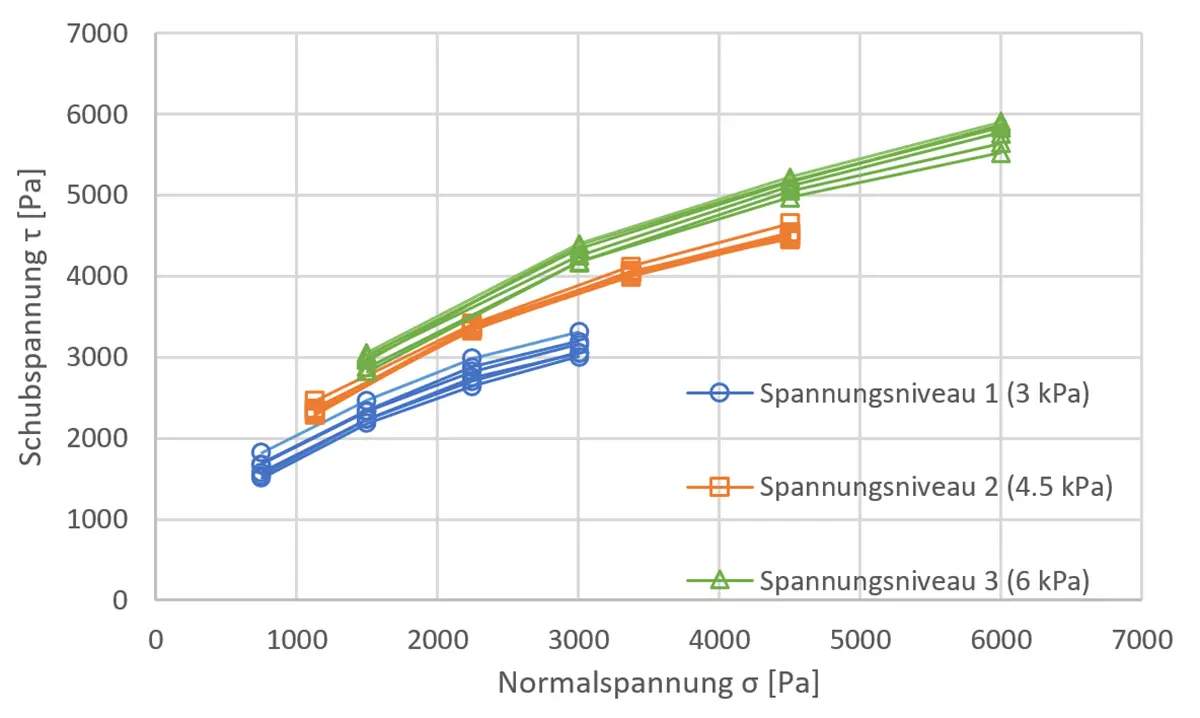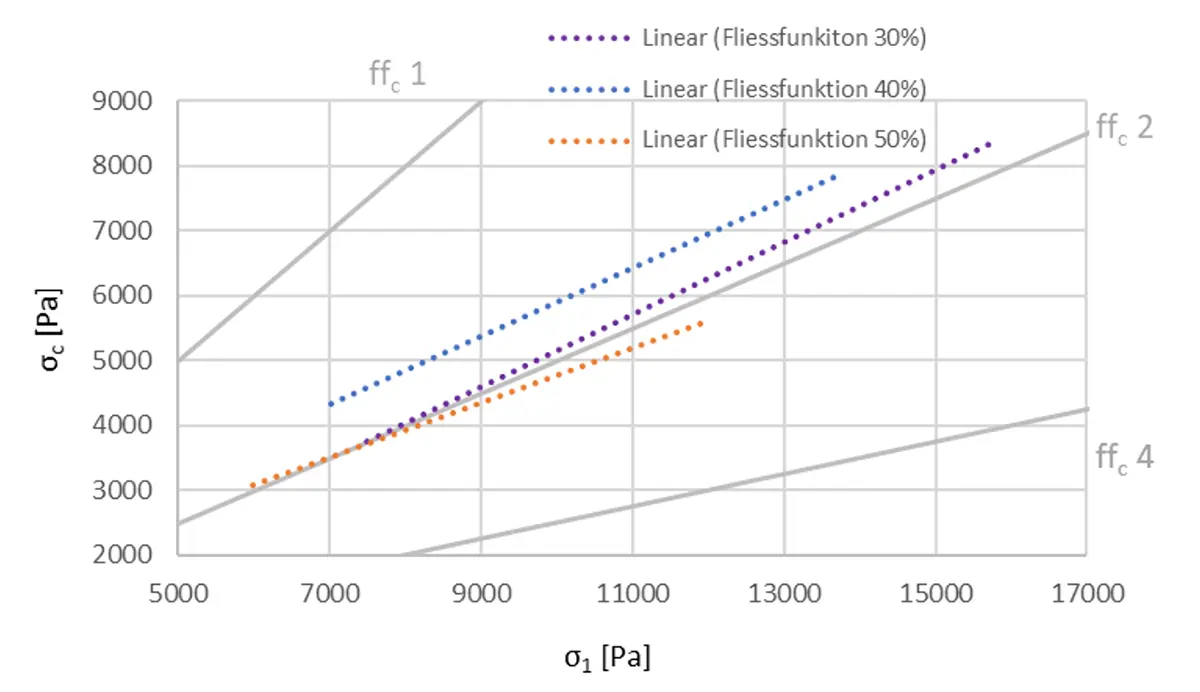Establishing a method for measuring bulk solids using a ring shear cell
When food is processed, large quantities of by-products are often generated. These by-products can then be dried and further processed in powder form or used as ingredients in other end products. In contrast to liquids, however, there are few established methods to characterise a powder’s flowability, yet understanding the physical properties of powders is critical for developing new technologies to process by-products. Now the Food Technology Research Group at the ILGI Institute of Food and Beverage Innovation is working towards a detailed understanding of the flowability of foodstuffs in powder form to make it easier to process and use by-products.
As part of a student project in the Food Technology Research Group, a measuring cell for powders (figure 1) was used to analyse the flow properties of bran that had been ground and conditioned to varying degrees.

The first challenge in measuring flowability is dealing with the different sizes and shapes of the ground bran. Even within a sample of bran, which is difficult to grind, the individual particles are not homogeneous in terms of size and shape, and they also swell depending on the moisture content (figure 2). The degree of moisture affects the bran’s water-binding capacity, which in turn indirectly impacts the rheological properties of the product.

The reproducibility of the measurements could be confirmed by comparing what is known as the yield loci, which determine where a sample begins to flow depending on pre-consolidation (figure 3).
When characterising samples that have different moisture content, it became apparent that flow function did not continually rise with a corresponding increase in moisture (figure 4). It is believed that the differing degrees of swelling at different moisture levels is one of the main reasons for this result.
The findings show that the ring shear cell is suitable for the measurements, although additional conditions must be considered due to the specific product properties of ground bran. Based on these results, the analysis method tested in this project can be refined and used to characterise by-products of processed foodstuffs.
This project was supported by ETH Zurich.

